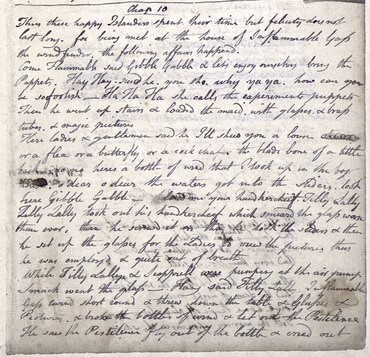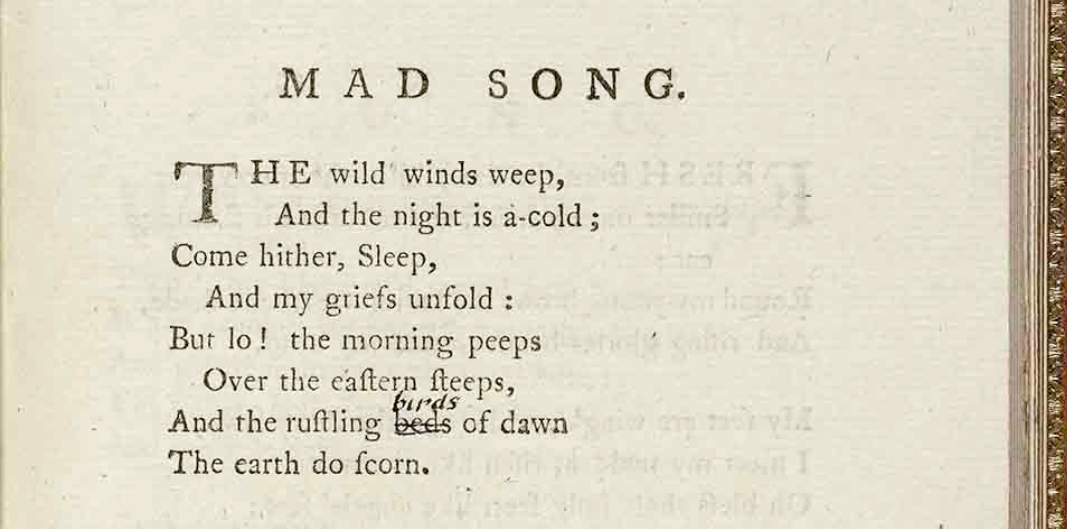We’re approaching the end of semester here, and, as you all know, “summer vacation” in the wonderful world of academia doesn’t mean time off but time to actually try and get work done. Accordingly, over the last few weeks, I’ve been putting my ducks in a row and trying to organize my projects for the summer. The task at the top of my list is to update our transcription guidelines and tag set, and (hopefully) to put them into some sort of format that we can eventually make public for users of the Blake Archive. This project isn’t as snoozeworthy as it sounds: I’m actually looking forward to incorporating the transcription decisions that we’ve made over the last few years and seeing what kind of editorial rationale emerges (assuming, of course, that there has been some method to our madness).
Our current set of guidelines is based upon those created by Rachel and Ali when they worked on the edition of An Island in the Moon (the first manuscript to be published in the Archive) that lives in two separate documents. One is a sort of step-by-step guide to completing a transcription, and the other is a reference guide to all the different tags that we use. I like the way that these two aspects of the work are separated: sometimes you have a process question, while at other times, you just need to know something more straightforward, like what kind of child elements does a particular tag have.
As for the new stuff, we’ve blogged about lots of the transcription problems that have arisen. The typographical works are obviously a big reason to overhaul our guidelines, but the new choice tags and the (re)discovery of tags like <textfoot> also need to be included. The question is, do we need to divide our documentation into manuscript and typographical works? We’ve seen how different they are and so perhaps it would make sense to provide work-specific directions for transcribers. Or would this unnecessarily replicate a lot of information? And how much of this should we be publishing in the Archive itself?
I’ve been looking at how some other projects handle their documentation. The TEI guidelines are obviously a major resource for many Digital Humanities projects, however since we are not totally TEI compliant, we can’t just link to them and will need to provide some kind of glossary of tags and accompanying explanation. But while editorial transparency is a priority, I can’t imagine that many users will want to scroll through pages upon pages of detailed transcription guidelines. Should we try and create guidelines that cater to both our internal and external audiences?
So that’s my summer sorted! How about you? Going anywhere nice?




